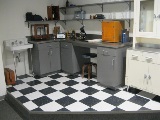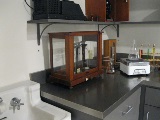In the Lab
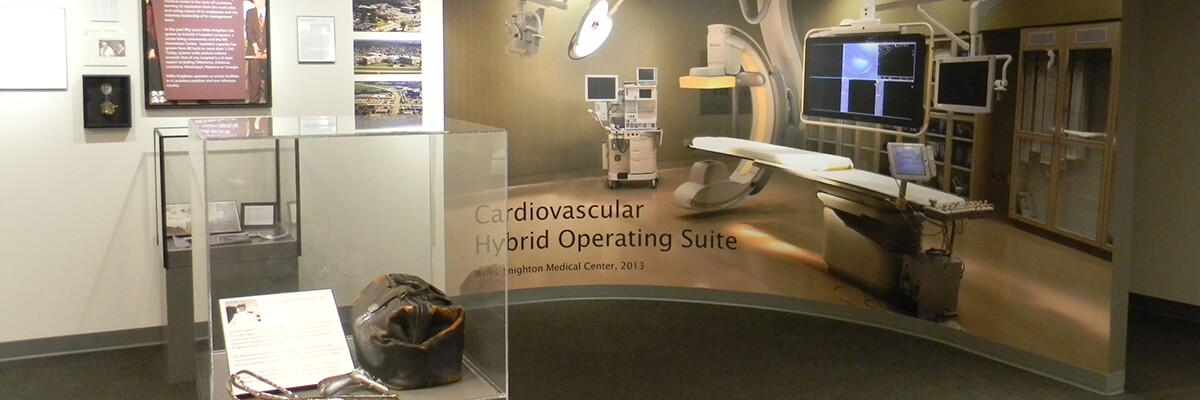
In the Lab
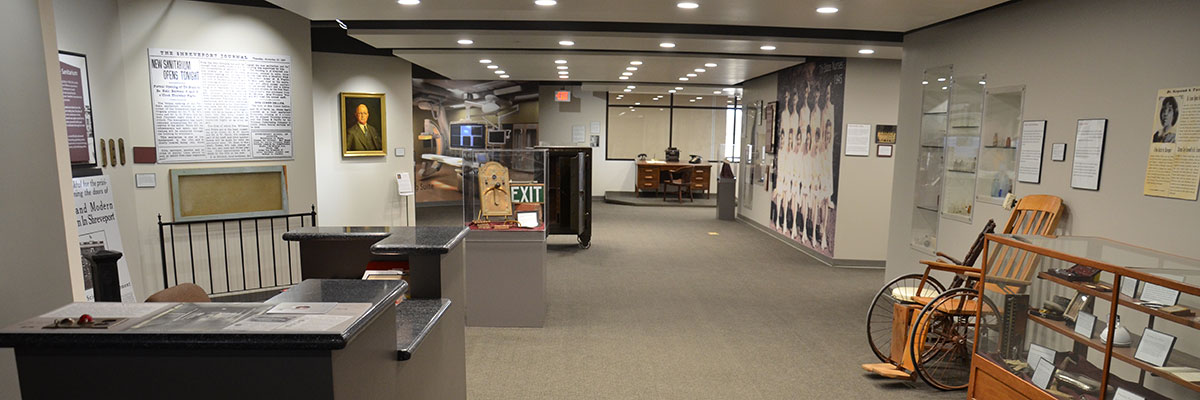
In the Lab
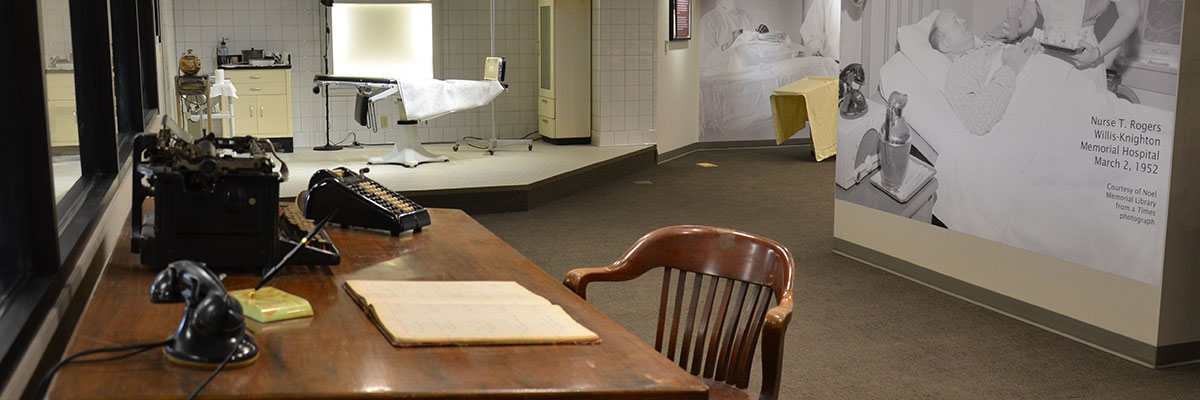
In the Lab
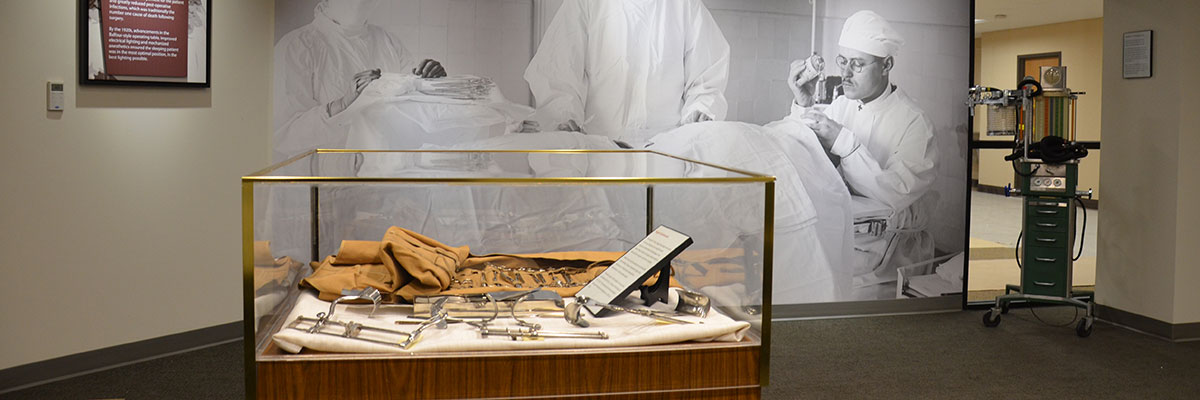
In the Lab
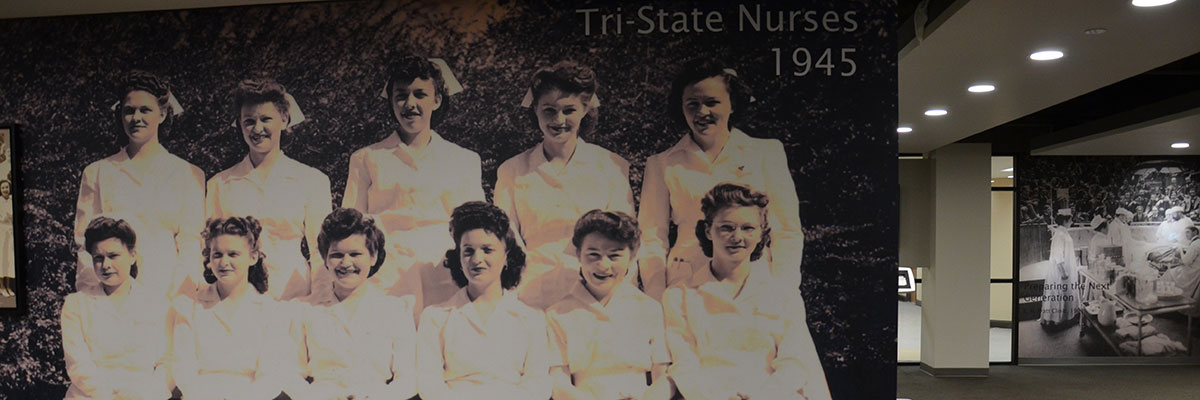
In the Lab
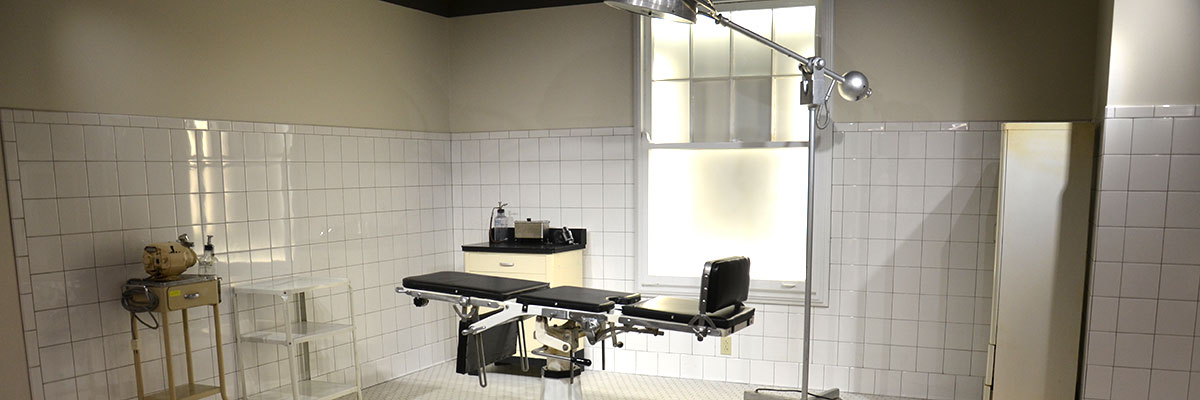
The medical laboratory is perhaps the most underappreciated and least understood workshop in the modern hospital. Uncover the fascinating past of how the hospital lab has shaped modern medicine and changed the way we view life in world. Exhibit highlights include vintage microscopes and equipment and a portion of a full-scale reconstructed 1950s medical laboratory.
Analytical Balance
Description
An analytical balance like this one was once an integral part of any medical lab. It was encased in a glass and wood box to prevent the slightest breeze or even the lab tech’s breath from disturbing the delicate balance. In the mid-18th century, an English scale maker developed the earliest spring scale, but many labs preferred to rely on the “balance beam” type.
In the 1940s, digital readouts were attached to scales, but those still relied on springs or a balance beam to measure weight. Today’s scales now use “load cells” that convert pressure into a digital signal. Today’s analytical balance can measure within 0.0001 of a gram. That is a minascule one ten thousandth of a gram or three hundred thousandths of an ounce.
This analytical balance made by Seeder-Kohlbusch, Inc. Despite the name, the company was based in New Jersey and was renowned as a maker of fine medical and laboratory equipment. The balance was patented in 1922 and was in use at Haynesville General Hospital until it was replaced by newer and more accurate devices.
Location in Museum
In the Lab exhibitAge
20th CenturyDonor
The balance is currently on loan from Carlyn and Ken Paulovich.


